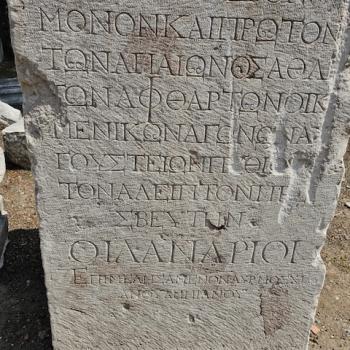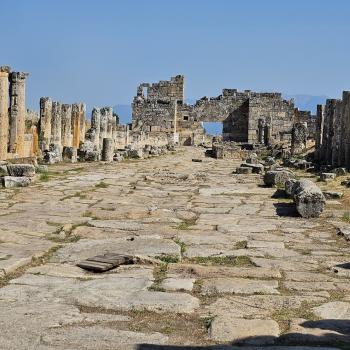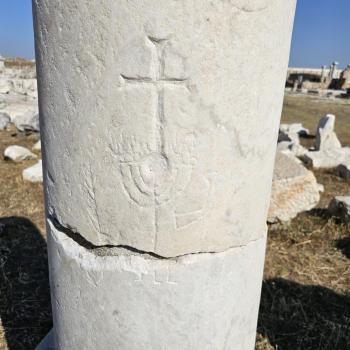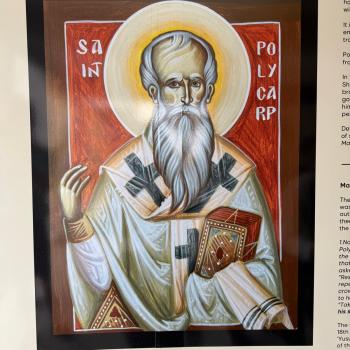Here is a useful discussion by Larry Hurtado that makes clear the importance of early Christian worship practices in evaluating early Christianity.
——
Words, Actions and Meanings
by larry hurtado
In discussions after my lectures in Chicago and Waco (in which I focused on the place of Jesus in earliest Christian prayer), I tried to clarify why I have placed emphasis over many years on the importance of early Christian devotional practice. I have done so both because devotional practice is a core component in any religious group, and so crucial for any historical understanding of the group, and also because often devotional practice can help us understand what the religious discourse/rhetoric of the group actually means. In the course of making these points, I used the following illustration, which may help others to get my point.
Two married men, each one says “I love my wife.” One also admits that he does occasionally have sex with other women, but insists “I do love my wife.” The other does not have sex with other women, declaring “I love my wife.” Both men say the same thing, and each man means what he says. But from their actions we know that they mean very different things, though what they say is the same.
So, as Erik Peterson showed many decades ago, all kinds of people in the ancient world used “one/only god” language: Eis Theos: Epigraphische, formgeschichtliche und religionsgeschichtliche Untersuchungen, FRLANT N.F., no. 24 (Göttingen: Vandenhoeck & Ruprecht, 1926). But from the devotional practices of various groups/people, we learn what this language actually meant, and it clearly meant very different things.
In the case of ancient Jews and Christians, a “one/only god” profession was supposed to mean an exclusivity of cultic worship, and a corresponding refusal to join in worship of “the gods”. That exclusivity comprised a very distinctive religious stance, indeed generating the charge of “atheism”. So people of the time clearly perceived this religious standpoint as very different from that of the culture more generally.
The further “wrinkle” in earliest Christian “one/only god” professions was the striking inclusion of Jesus as a distinguishable but uniquely connected second recipient of devotion along with “God”. That too was noted as curious (e.g., Celsus’ critique of Christianity), and remains utterly remarkable in history, especially given its early emergence and rapid spread in various Christian circles.












